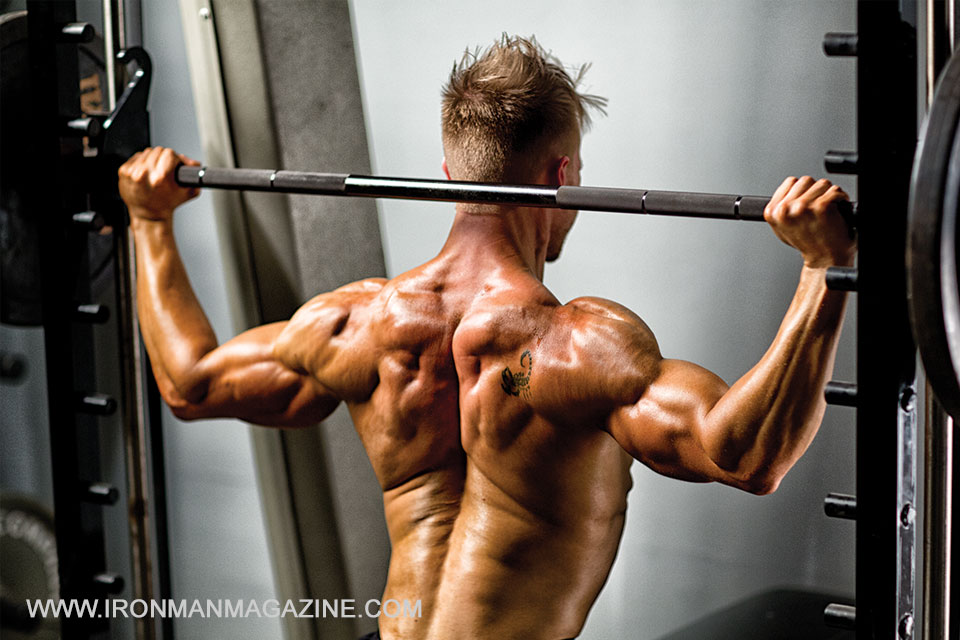


You have probably heard about the “risk-to-reward ratio.” Basically, before undertaking any activity or course of action, you should weigh the potential risks against the potential rewards. Let’s consider that in terms of particular exercises and whether you should be doing them—something that has special significance to mature trainers.
Most of us who are past 40 have been training for at least 20 years. By now, you have found one or more exercises that either cause you pain in a joint or tendon or, even worse, have led to an injury or a re-injury when you performed them on a regular basis. That will continue to change as more years go by and your list of “safe” exercises becomes limited while—due to wear and tear, injuries or sometimes simply because you discover you are not mechanically suited for a particular exercise—your list of exercises to avoid grows.
For instance, anyone with rotator cuff issues is only going to make things worse by doing behind-the-neck barbell presses. Someone who has lower-back back trouble should not be deadlifting or squatting heavy—or doing heavy barbell rows and stiff-legged deadlifts. Sometimes you will find that you feel pain only in a given area on a specific exercise due to your unique body mechanics. I have known guys who felt knee pain only when they did hack squats or only felt pain in their shoulders when they did dips. Others can do flat-bench presses with dumbbells—no problem—but if they use a barbell, it feels like their shoulder is going to rip out of its socket. As a younger man you may have ignored such obvious warning signs. By now you have most likely learned the hard way how foolish that was.
The easy solution is to avoid those movements that you know from experience are just not safe for you. The problem with that is, often you will feel obligated to do the move anyway thanks to your beliefs or beliefs that others push on you to accept. Let’s take squats, as I recently wrote about the injury to the quadratus lumborum and sacroiliac joint that I incurred while squatting and how I decided to stop squatting. I also explained that since my quadriceps are a dominant bodypart that has always grown easily, giving up squats wasn’t going to hurt my physique, and I wasn’t concerned that my legs will shrivel up to sticks.
Yet in spite of all that, I got a slew of e-mails and Facebook messages from people who meant well, attempting to talk me into keeping squats in my program. Do them a little lighter later on in your workout, they suggested. Use a wider stance, etc. Even funnier was when top masters bodybuilder and renowned training and nutrition expert John “Mountain Dog” Meadows posted a photo of his ripped 31-inch thighs at 5’7” and mentioned that he stopped squatting this year because of lower-back problems. Plenty of people, none of whom I would bet have leg development remotely like his, tried to coerce him back into squatting, even though he is clearly doing just fine, far better than they are, in fact, with other exercises.
Many of us have been brainwashed into believing that if you don’t do certain key movements, you are doomed. Deadlift, or you will never have a decent back. Squat, or you will have chicken legs. Bench-press or you will have a flat chest, and so on. I have to take a little of the blame for this, having written thousands of training articles over the past 22 years of my career as a published writer.
In my younger days I was far more dogmatic and tended to repeat various tenets as being gospel without questioning them. As the years went by and I became more receptive to different ideas, I realized how closed-minded and limited my whole approach to bodybuilding was. Eventually, I came to understand that there were no “rules,” although I had been so sure there were. There were many ways to train and eat that delivered results.
It’s always tough to break free from the crowd and do things your own way, especially when you know you will be judged or mocked for it. Bodybuilding is a close-knit little cult when you get down to it, and most want to be seen as “hardcore.” Hardcore bodybuilders lift very heavy free weights, and they are strong in all the basic movements: squats, deads, bench presses, barbell rows, military presses, weighted dips and chins, barbell curls and skull crushers. God forbid you aren’t superstrong on all of them or—sin of all sins—you don’t do them all! The irony is that bodybuilding is based entirely on your appearance. It doesn’t matter how strong you are or which exercises you do, only what your physique looks like.
The real irony here is that if you insist on doing exercises that hurt you, you’ll sabotage your physique. You will miss plenty of training time while your injury heals and you gradually regain any size and strength you lost. Plus, as you may already know, injuries heal at a much slower rate once you pass 35 or 40. You may have bounced right back from a strained lower back in a few days when you were 20, but at 45 or 50 it may take you a few months, and that’s with extensive chiropractic treatments and deep-tissue massages!
The key point to remember is, you won’t be making any progress while you’re hurt. Certain areas like the lower back and shoulders are involved in so many exercises for so many different bodyparts that if you hurt them badly, your training will be a joke. You won’t be able to do much with weights, and guess what? None of the people who insisted that you continue doing exercises you knew were dangerous for you—or pressured you by poking fun at you—will give a damn. So, why should you give a damn what anyone thinks?
Be your own person, and listen to your body. You do what’s best for you, regardless of what others do or say you should do. It’s your body, not theirs, and you will be the one dealing with the pain and frustration of injury if anything happens, not them.
Furthermore, don’t believe for a minute that taking any one exercise out of your program will doom a bodypart. Great backs have been built without deadlifts. Great legs have been built without squats (German IFBB pro Ronny Rockel claims to have done only front squats, never regular back squats, and his quads are fantastic). My chest is pretty decent, if I do say so myself, and I haven’t bench-pressed regularly since I was a teenager, in the 1980s.
The point is, you need to take charge of your own body and your own training, and do what’s safe yet productive for you.
—Ron Harris
RonHarrisMuscle
.com






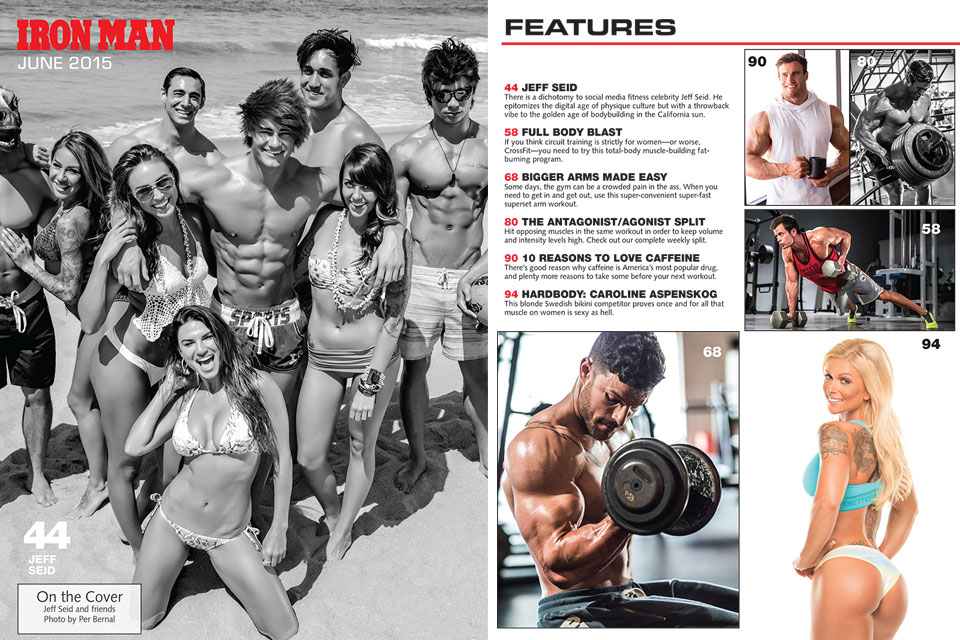
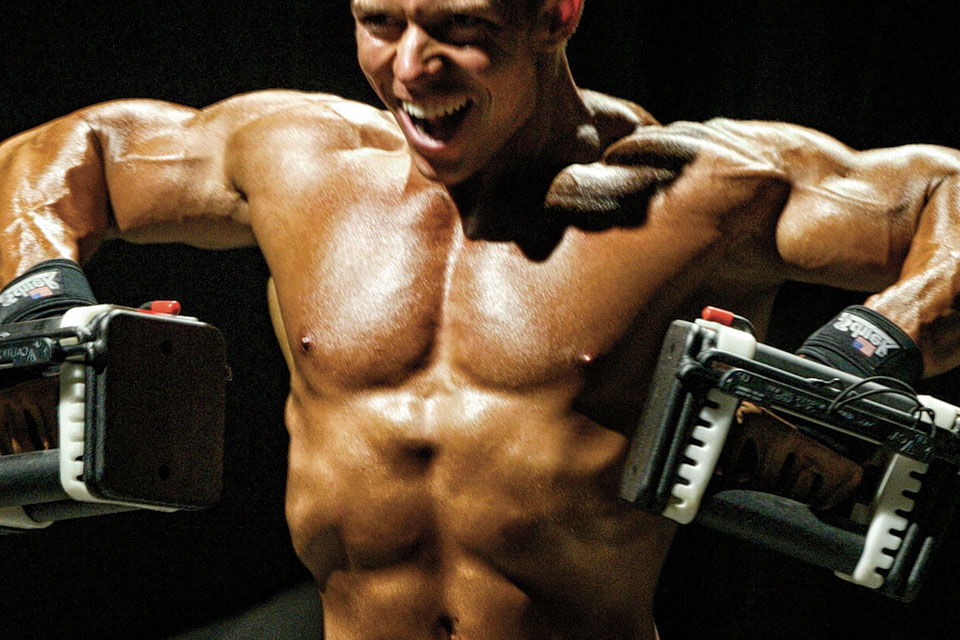









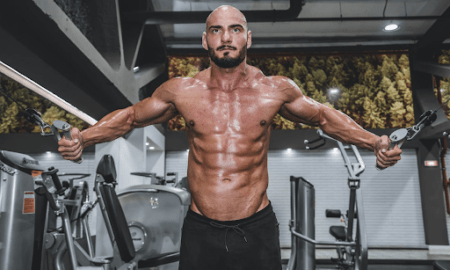

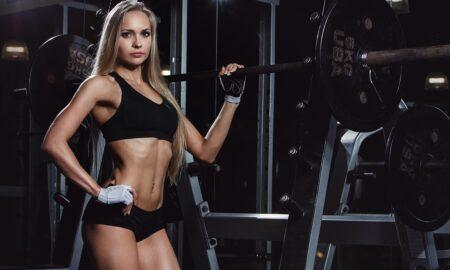
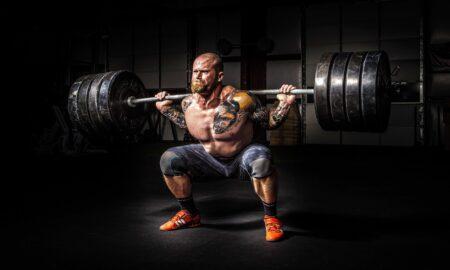
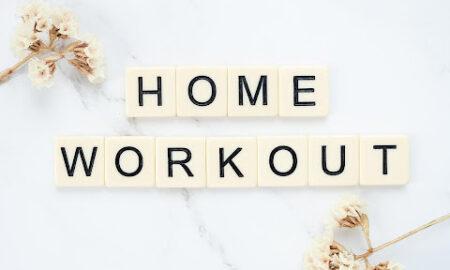
You must be logged in to post a comment Login